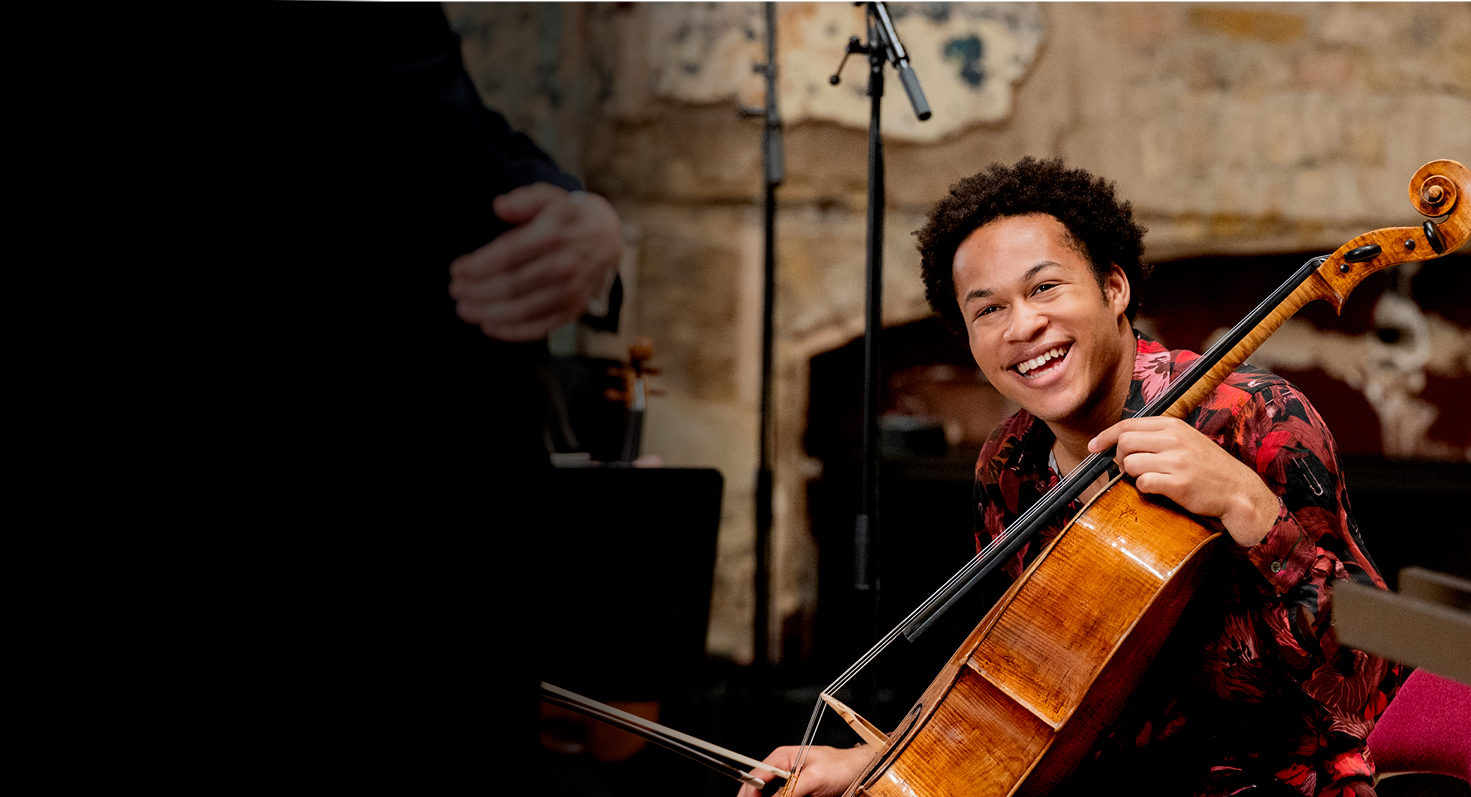Learn all about Beethoven’s The Creatures of Prometheus

Beethoven’s ballet faced some harsh reviews from critics but audiences loved it. Read all about the genesis of this piece in this feature by our Programmes Editor, Joanna Wyld, ahead of our Philharmonia Session next Friday.
You can also read the full programme notes and artist biographies here.
“Too learned for a ballet”? Prometheus on the stage
The production and reception of a ballet presents something of a chicken and egg problem: which comes first, the music or the dancing? Which should be prioritised both in the creative process and when assessing the end result? When Stravinsky’s Rite of Spring was jeered, it was not just the music that alienated audiences but the choreography (counting to 11 in Russian is notoriously time-consuming). Beethoven’s music to The Creatures of Prometheus was criticised as “too learned for a ballet”, paying “too little regard to the dancing”, with clumsy results: “everything was much too large”. The same critic referred to the ballet’s “lack of appropriate situations” and its “monotonous” subject. This leads us to what may, ultimately, have hampered the work’s reputation: the plot.
Both Beethoven and the choreographer Viganò had lofty intentions when they embarked on this collaboration. Prometheus was dubbed a “ballet serio”, combining allegorical pantomime and heroic ballet. Viganò had already experimented with balletic form in what he called coreodramma: naturalism combined with narrative structure. The artists were first rate: the statues were played by Viganò himself and prima ballerina Signora Cassentini (or Casentini), who replaced Viganò’s wife Maria Viganò as a principal in his company, with Bacchus played by Signore Gioja, dancer, choreographer and mime, known as “the Sophocles of the Dance”.
“… in an emotionless manner, they sometimes merely shake their heads, are completely indifferent, and stand there, groping in all directions.”
Beethoven’s choreographic notes
Even so, Carlo Ritonir’s biography of Viganò, published in Milan in 1838, includes a summary of Prometheus that clunkily unfolds the machinations of these mythical characters. Like Prometheus with his clay figures, Beethoven had to animate a rather static premise.
Bearing his burning torch, Prometheus runs “through the wood towards his statues … As he slumps onto a rock, exhausted and breathless … the statues acquire life and movement”. Then: “falling sluggishly to the ground, they turn towards a tall tree rather than to him…” and “with awkward movements” they “attempt to move further off”. Prometheus hatches a plan, “takes hold of them both and drags them with him to another place”.
Next: “The scene opens to reveal a fine tableau… the Choreographer does not especially need to use either music or dance, so that when these come to be employed for particular effects, the novelty of their introduction will be recognised.” It is interesting that both music and dance, the key elements of ballet, are downplayed here. “The Initiates move this way and that”, acknowledging Prometheus by “prostrating themselves”.
Slumping, sluggish falling, awkward movements, dragging, swaying, prostration… Not the most balletic directions with which to work. Beethoven’s copy of the choreographic notes is scarcely more inspiring: “… in an emotionless manner, they sometimes merely shake their heads, are completely indifferent, and stand there, groping in all directions.”
Maria Cassentini’s resultant performance was interpreted by the critic of the Zeitung für die elegante Welt as boredom: she “expressed no interest at all and, with conspicuous indifference, immediately allowed her glance to wander to other things. One can certainly not convince oneself that she should have ignored the respect she owes to such a public, particularly in a ballet that brought her over 4,000 gulden in receipts, simply because of a bad mood.”
Beethoven’s music suggests that Prometheus himself was more graceful, and by the end of the ballet the statues would also have been more fluid in their movements. After Terpsichore and the Graces dance, Bacchus and his followers lead a “heroic dance”, and “the Fauns perform a comical dance led by Pan”, possibly a traditional Schäfertanz or shepherds’ dance. Grotesque masks were used as the comic Muse, Thalia, reveals that the death of Prometheus is an illusion. The ‘Terzettino – Grotteschi’ (‘little trio of grotesques’) may have featured a type of free, improvisatory ballet in which the dancing did not correspond with the music. There were two numbers showcasing Gioja’s talents, as well as solos for Cassentini and Viganò, before “the fable ends in festive dancing”.
Despite mixed reviews, contemporary audiences were delighted and the ballet was reprised more than 20 times. The Creatures of Prometheus was also one of the first full-length Beethoven works to be performed in the United States, where it was staged at New York’s Park Theatre on 14 June 1808. More recent revivals have included Frederick Ashton’s production with The Royal Ballet, first performed in 1970 at the Theater der Stadt in Bonn, Beethoven’s hometown.
Feature by Joanna Wyld © Philharmonia Orchestra/Joanna Wyld

Support the Philharmonia
Donate today to Keep the Philharmonia Playing for our audiences around the world

